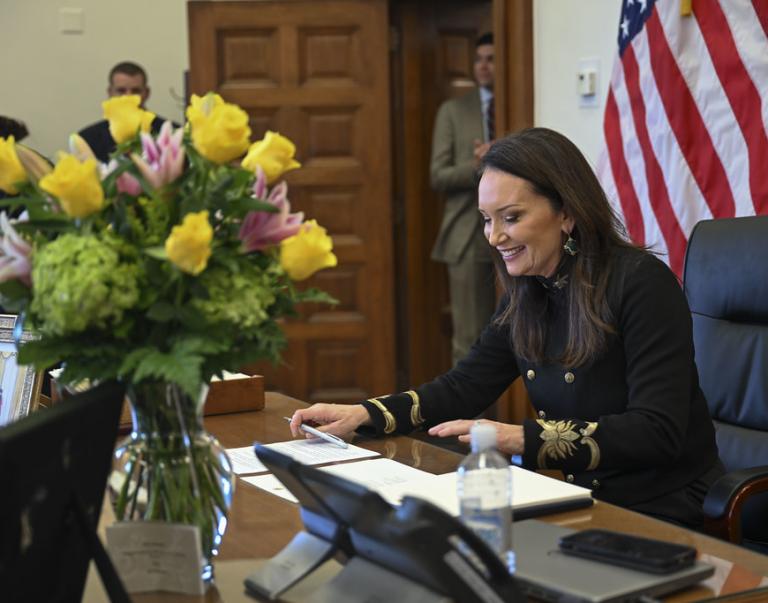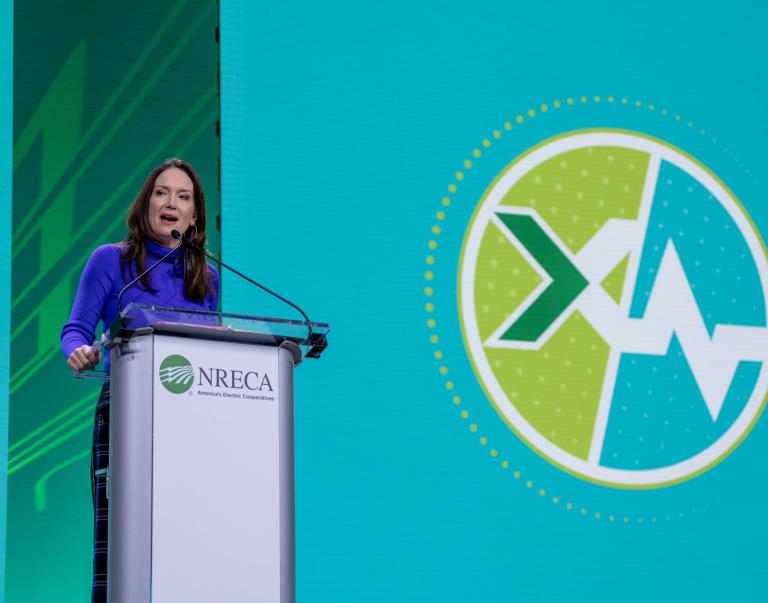Nothing says Valentine’s Day in the United States like chocolate. According to the National Confectioners Association, 92% of Americans plan to celebrate Valentine’s Day with chocolate and candy. Making all that chocolate takes a lot of cocoa.
The USDA Economic Research Service notes that imports of chocolate and edible cocoa products to the United States reached almost $2.8 billion per year between 2017–21.
One challenge facing cacao producers all over the world is cadmium in soils where cacao trees are grown. As recently reported by Consumer Reports, Seattle Times, Reuters, and others, chocolate can contain trace amounts of cadmium - a heavy metal that can cause health problems when consumed at certain levels, confirming U.S. Food and Drug Administration (FDA) research findings from 2018. The cadmium is taken up by cacao trees from the soil where they grow. Changing the soil can be difficult, so scientists are turning to biotechnology to help solve the problem.
Cacao for Peace, a project of the USDA Foreign Agricultural Service (FAS) and funded by the U.S. Agency for International Development (USAID), is working to tackle the cadmium challenge in order to support Colombian farmers to increase exports of cacao to global markets like the United States. Through support from Cacao for Peace, scientists are using genome editing to make minor changes to the cacao gene responsible for cadmium absorption from the soil. The resulting genome-edited plants would absorb less cadmium, resulting in chocolate with lower levels of cadmium.
Scientists at the Alliance of Bioversity International and the International Center for Tropical Agriculture (collectively, the Alliance), USDA FAS’s project partner in Colombia, developed nine genome-edited cacao lines. They are now testing a genome-edited cacao rootstock for reduced absorption of cadmium. The Alliance is preparing to transplant the genome-edited cacao plants from the greenhouse into soils brought in from cacao producing regions of Colombia, which naturally contain cadmium. The transplants will be tested for their ability to grow in field conditions and maintain low or no cadmium absorption.
With more than 2.8 million hectares of land suitable for cocoa growth, and as a major producer of fine or flavor cocoa, Colombia has the ability to be a world leading exporter of cacao. The Cacao for Peace Initiative is helping Colombia take advantage of rapidly increasing global demand for chocolate, creating economic opportunities for the U.S. chocolate and confectionary industries, American agriculture, and thousands of Colombian farmers and their families. Cacao for Peace developing partnerships with Colombian private sector companies such as Compañia Nacional de Chocolates and the Colombian National Cacao Producers Federation, Fedecacao to support this work.
To learn more about genome editing in cacao, visit the Innovative Genomics Institute (IGI) page on engineering disease-resistant cacao. The Alliance and IGI are just some of the of many organizations working to improve cacao, and chocolate, for the world.



